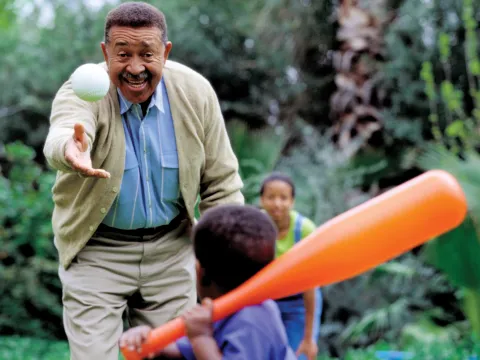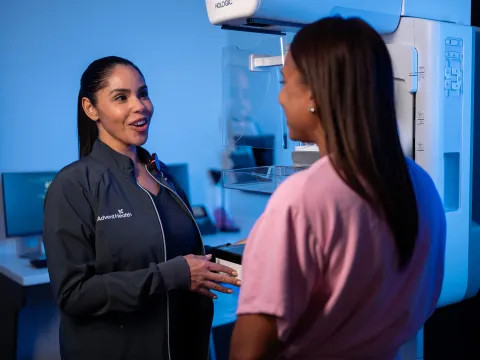- AdventHealth
Choose the health content that’s right for you, and get it delivered right in your inbox.
If your partner, child, parent or friend has a stroke, will you recognize it? And more importantly, will you know to get medical care immediately?
We hope you never face this situation and that your family, friends and loved ones never experience a stroke. But it's essential to be able to recognize stroke symptoms when you see them and to know what to do when the unexpected occurs.
With this goal in mind, we want to empower you with important stroke information and one easy-to-remember acronym so that you're ready to help save a life at a moment's notice.
What Is a Stroke?
A stroke happens when blood flow is blocked to part of your brain (ischemic stroke) or a blood vessel suddenly bursts (hemorrhagic stroke). These events can cut off blood and oxygen supply to your brain and damage brain cells.
A stroke is a sudden medical emergency (this means you need to call 911 right away) that affects someone every 40 seconds in the United States and is one of the leading causes of disability in our country. If a stroke is left untreated, or if care is delayed, long-term physical damage can occur.
Immediate Medical Care Reduces Harm From a Stroke
Strokes are often life-threatening, but it's possible to survive them, especially when you get help quickly. When someone you know is having a stroke, it's imperative to call 911 right away. Getting a loved one lifesaving medical care for a stroke increases their chances of survival and reduces long-term harm from the stroke, such as difficulty walking, speaking or eating.
In a Stroke Emergency, B.E. F.A.S.T. to Save a Life
To identify the signs and symptoms of a stroke, remember the acronym B.E. F.A.S.T., which stands for:
Balance: Does the person have trouble with balance or coordination?
Eyes: Is the person experiencing sudden blurring or loss of vision in one or both eyes?
Face: When the person smiles, does one side of the face droop?
Arms: When the person raises both arms, does one sink back down?
Speech: Is the person's speech slurred? Can they repeat a simple sentence?
Time: If the person has any of these symptoms, call 911 immediately.
Also, similar to heart attacks, stroke symptoms can vary between men and women. As you learn about the signs of a stroke, be sure to learn about stroke symptoms that are more common in women.
When you notice stroke symptoms in a loved one, remember to note the time you first noticed the symptoms. Knowing the time of onset can help doctors better diagnose and treat your loved one.
Treating a Stroke With Expert Care
Fast treatment of a stroke means that our physicians and ER experts can give your loved one special medicine that helps restore blood flow to their brain and stops further damage. This quick treatment is the first step of a long journey to help your loved one — or you — heal, recover and get back to the activities you love.
After you get ER care for a stroke, our network of neurology and neurosurgical experts can help you or a loved one heal from a stroke effectively. Our experts offer evidence-based, whole-person care that meets your needs and boosts your physical, mental and spiritual health.
Don't Hesitate to Get ER Care for a Stroke
When you see stroke symptoms, remember the acronym B.E. F.A.S.T, and call 911 immediately to get your loved one to our closest ER.
You can take comfort in knowing that lifesaving care is close to home at any of our emergency departments in your area. Each of our emergency departments is equipped with the tools, protocols and therapies to address a stroke immediately, and our neurological experts near you are here to help restore your whole health after a stroke.




